Grand hall commémoratif du roi Sejong (세종대왕기념관)
5.4Km 2021-03-26
56, Hoegi-ro, Dongdaemun-gu, Seoul
+82-2-969-8851, 8853
Le grand hall commémoratif du roi Sejong a été créé à Dongdaemun-gu, Séoul, en novembre 1970 (il a été inauguré en octobre 1973) à la mémoire des vertus pleines de bonté du roi Sejong et de ses accomplissements. Le hall commémoratif est une structure moderne dotée d’un sous-sol et de deux niveaux. Une salle d’exposition, un auditorium, un laboratoire et une salle de références sont disponibles pour les visiteurs. Le hall d’exposition se compose de la salle du Hangul, la salle des sciences, la salle de la musique traditionnelle, la salle de l’art du roi Sejong et une exposition en plein air. La salle du Hangul expose des livres publiés durant le règne du roi Sejong. La salle de la science présente des inventions scientifiques et des outils ayant été développés pendant la dynastie Joseon, comme par exemple les caractères d’imprimerie mobiles en métal, une jauge de pluie et une carte astronomique. La salle de la musique traditionnelle expose une série d’instruments de musique traditionnels. La salle de l’art du roi Sejong permet aux visiteurs de contempler des peintures traditionnelles représentant les accomplissements du roi Sejong tout au long de sa vie. A l’extérieur, les visiteurs peuvent trouver le monument de pierre du roi Sejong (42-1ème bien culturel tangible de Séoul), les figurines de pierre de Guyeongneung (42ème bien culturel tangible de Séoul) et Suypo (828ème trésor national).
Yeonghwiwon et Sunginwon (서울 영휘원과 숭인원)
5.4Km 2021-02-26
90, Hongneung-gil, Dongdaemun-gu, Seoul-si
+82-2-962-0556
La structure des tombes de Yeonghwiwon et de Sunginwon est simple et raffinée. Cette simplicité qui contraste avec les tombes des rois provient du fait que ces tombes n’abritent qu’un prince et une concubine. En Corée, sous la dynastie Joseon (1392-1910), la hiérarchie était très codifiée. Cette même hiérarchie se traduisait aussi à travers la structure des tombes. Celles des rois et des reines sont appellées “Neung”, elles sont plus vastes et plus fastueuses. A l’inverse, celles des princes et des concubines appellées “won” sont plus simples.Yeonghwiwon et Sunginwon abritent les corps de Sunheon (1854-1911) une concubine du roi Kojong ainsi que Ijin, un prince descendant de Kojong (1921-1923).De composition similaire mais de taille plus grande que l’entrée des tombes, apparaît en premier lieu la Porte Rouge qui délimite l’entrée d’un lieu sacré. Au delà de la porte apparaît ensuite un chemin de pierres qui mène à un sanctuaire en forme de T. C’est à ce sanctuaire en forme de T (jeongja gak) qu’on lieu les rites de vénération aux ancêtres. Les sculptures en forme d’animaux perchées sur le toit y sont remarquables. Ces sculptures ont pour but de repousser les mauvais esprits. A côté du sanctuaire a été élevée une stèle enchassée dans un pavillon, elle permet de connaître l’identité des défunts. Dérrière le sanctuaire se trouvent les tombes. Les statues qui veillent sur ces tombes sont particulièrement amusantes. L’ancien sanctuaire qui fait maintenant office de bureau de gestion du site vaut le coup d’oeil. Les structures en ont été conservés telles quelles. L’automne est la période la plus recommandée pour visiter le lieu en raison de la teinte automnale que prennent les arbres. C’est un lieu de promenade agréable pour son calme et la beauté de son chemin en pierre. Il est très fréquenté par les familles et les couples.
Musée des enfants, Musée National de Corée (국립중앙박물관 어린이박물관)
5.4Km 2021-03-26
137, Seobinggo-ro, Yongsan-gu, Seoul
+82-2-2077-9000
Le Musée des Enfants, situé au sein du Musée National de Corée, est un musée centré sur l’apprentissage où les enfants peuvent voir, toucher, et ressentir l’Histoire à travers des programmes pratiques et des jeux. Les objets sont exposés en permanence et leur permettent d’apprendre davantage sur l’héritage culturel de la Corée et ce de manière intéractive.
Musée National de Corée (국립중앙박물관)
5.4Km 2025-07-17
137, Seobinggo-ro, Yongsan-gu, Seoul-si
+82-2-2077-9000
Le Musée National de Corée n’est situé qu’à seulement 1,5km de la Gare de Yongsan. Il s’agit du plus grand musée de Corée et accueille des biens coréens précieux qui silencieusement nous content l’Histoire fascinante du pays, des temps anciens à l’ère moderne. Le musée est proche du Parc Familial de Yongsan, une sorte de prairie boisée dotée d’un pont servant d’habitat naturel pour de nombreuses espèces d’oiseaux et comprenant plus de 80 espèces d’arbres différentes. Le Musée Mémorial de la Guerre de Corée est situé à environ un kilomètre de la Gare de Yongsan vers Samgakji. Il expose une gamme intimidante de collections et reliques datant de la guerre.
En plus des galeries proposant une large gamme de pièces nationales et internationales, le Musée National de Corée est la scène de nombreuses activités culturelles en relation avec la collection et la conservation de reliques, la recherche et l’analyse, la formation en groupe, les publications académiques, les programmes d’échanges culturels internationaux, et bien plus. Les visiteurs de tous âges ont l’occasion de participer à de nombreux évènements éducatifs et programmes culturels de qualité. Pour ceux préférant visiter à un rythme tranquille, le musée propose des espaces respectueux de l’environnement ainsi que des aires de repos.
Parc national du mont Bukhansan à Séoul (북한산국립공원 - 서울)
5.5Km 2023-10-31
Seoul, Seongbuk-gu, Bogukmun-ro 262
+82-2-909-0498
Le mont Bukhansan a été désigné comme parc national en 1983, sa surface atteint environ les 80 ㎢. Le sommet du mont Bukhansan est consitué de 3 pics (Baekundae, Insubong, Mangyeongdae). Il a été nommé Samgaksan durant la dynastie Joseon car les 3 pics consitituent ensemble une forme de triangle. Le sommet a été également dénommé Sambonsan, Hwasan et Buaak. C'est après la construction de la forteresse que le mont a été définitvement dénommé Bukhansan.
Vue de nuit depuis le pont Mapo (마포대교 야경)
5.7Km 2021-03-26
Mapo-dong, Mapo-gu, Seoul-si
+82-2-3153-8365
Le pont de Mapo qui relie Yonggang-dong, Mapo-gu et Yeouido-dong, Yeongdeungpo-gu mesure 1 400 mètres de longueur et 25 mètres de largeur (route à 6 voies). Le pont est le quatrième qui a été construit au-dessus de la rivière Hangang après le pont Hannam. La construction a débuté en février 1968 et totalement terminé en mai 1970. Au moment de l’achèvement du pont, celui-ci a été nommé « Pont de Séoul » mais plus tard en 1984 il a été renommé en tant que « pont de Mapo »
Musée National du hangeul (국립한글박물관)
5.8Km 2022-12-15
139, Seobinggo-ro, Yongsan-gu, Seoul
+82-2-2124-6200
Le musée national du hangeul permet d'apprécier des expositions sur l'un des fleurons de la culture en Corée, à savoir le hangeul, l'alphabet coréen. Il permet ainsi d'apprécier l'histoire et l'origine de la création de cet alphabet tout en suivant son évolution. La structure se distingue également par les nombreuses activités ludiques qu'elle propose afin de découvrir le hangeul. Le musée abrite également un magasin de souvenirs, une aire de repos à l'extérieur, une zone de jeux pour enfants, etc.
Parc Gajokgongwon de Yongsan (용산가족공원)
5.8Km 2022-12-15
185, Seobinggo-ro, Yongsan-gu, Seoul
+82-2-792-5660
Après son ouverture en 1992, le parc avec ses étangs et sa vaste étendue de gazon est devenu un lieu de repos très apprécié. Le parc se compose de saules et de bancs sur une vaste étendue de gazon avec en son centre un étang ; les jours où le vent souffle le spectacle de ces longues feuilles de saules tourbillonnantes est magnifique. De plus l’étang avec ses canards et ses divers oiseaux donne une impression de nature plus prononcée. Des tables et des bancs ont également été installé pour les pique-niqueurs. Ce parc est aussi un lieu qui a son histoire. Lors des « Guerres d’Invasions » ce fut l’emplacement d’une base logistique et durant la Guerre de Corée les troupes américaines y installèrent leur quartier général et le parc servit de terrain de golf. En en faisant un parc ce lieu est devenu un lieu public pour la première fois. En 2005 s’ouvrira à proximité du parc un musée qui de par sa taille sera l’un des plus grand au monde.
Forêt de Séoul (서울숲)
5.9Km 2024-12-19
273, Ttukseom-ro, Seongdong-gu, Seoul
+82-2-460-2905
La forêt de Séoul désigne un parc en ville inauguré le 18 juin 2005 sur un site qui était auparavant consacré au traitement des eaux. Constitué de 4 parcs thématiques sur une surface totale de 595,000 ㎡, la forêt de Séoul est une zone écologique appréciée non seulement des citadins mais aussi des touristes à Séoul.
Sentier forestier de la ligne Gyeongui (Yeontral Park) (경의선숲길(연트럴파크))
6.0Km 2023-08-25
133, Donggyo-ro 51-gil, Mapo-gu, Séoul
Le sentier forestier de la ligne Gyeongui, également appelé « Yeontral Park », désigne un parc linéaire situé au cœur de l'arrondissement de Mapo-gu. Les sections Daeheung-dong, Yeonnam-dong, Saechanggogae, Changjeon-dong, Sinsu-dong Wonhyo-ro ont été ouvertes l'une après l'autre. Le sentier forestier de la ligne Gyeonguis est un parc créé sur l'ancienne voie ferrée de la ligne Gyeongui.
Le sentier forestier a été conçu selon les principes d'un design inachevé afin qu'il puisse être complété par les habitants. Il s'agit d'un lieyu symbolique qui aurait pu rester vide mais qui a été transformé en un parc dédié aux espaces verts et aux habitants.
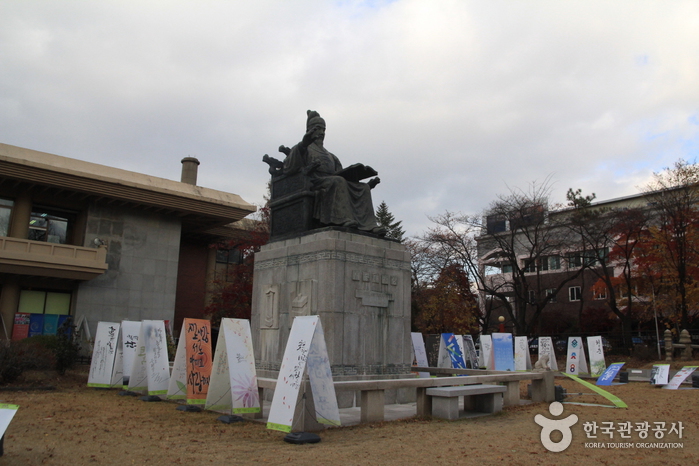
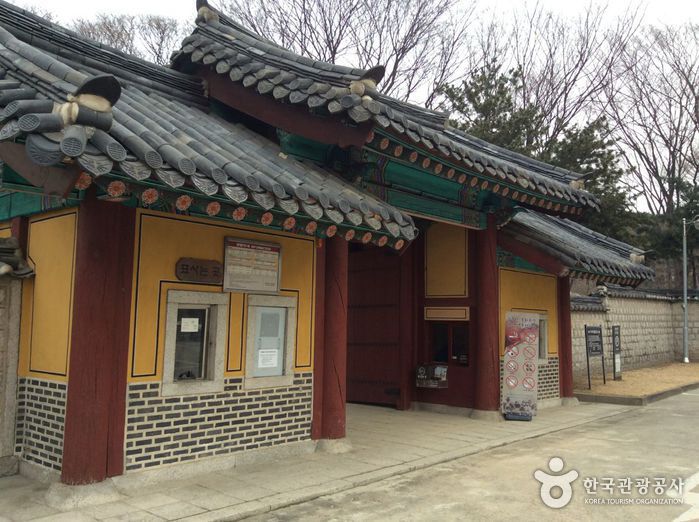
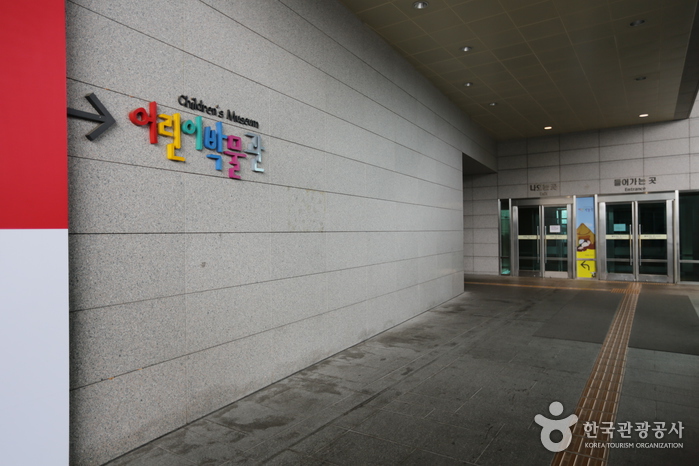
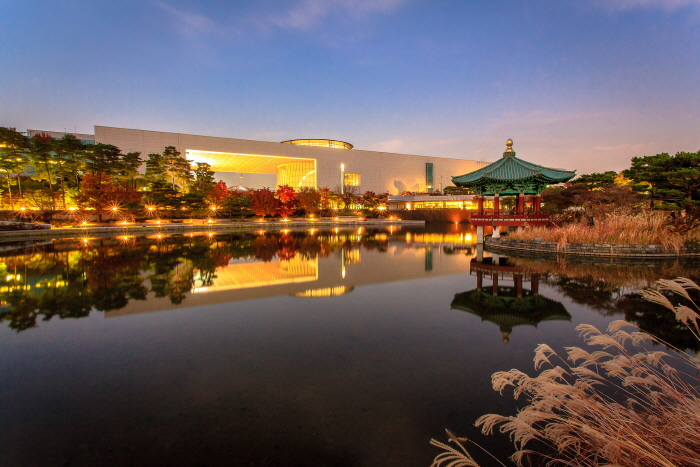
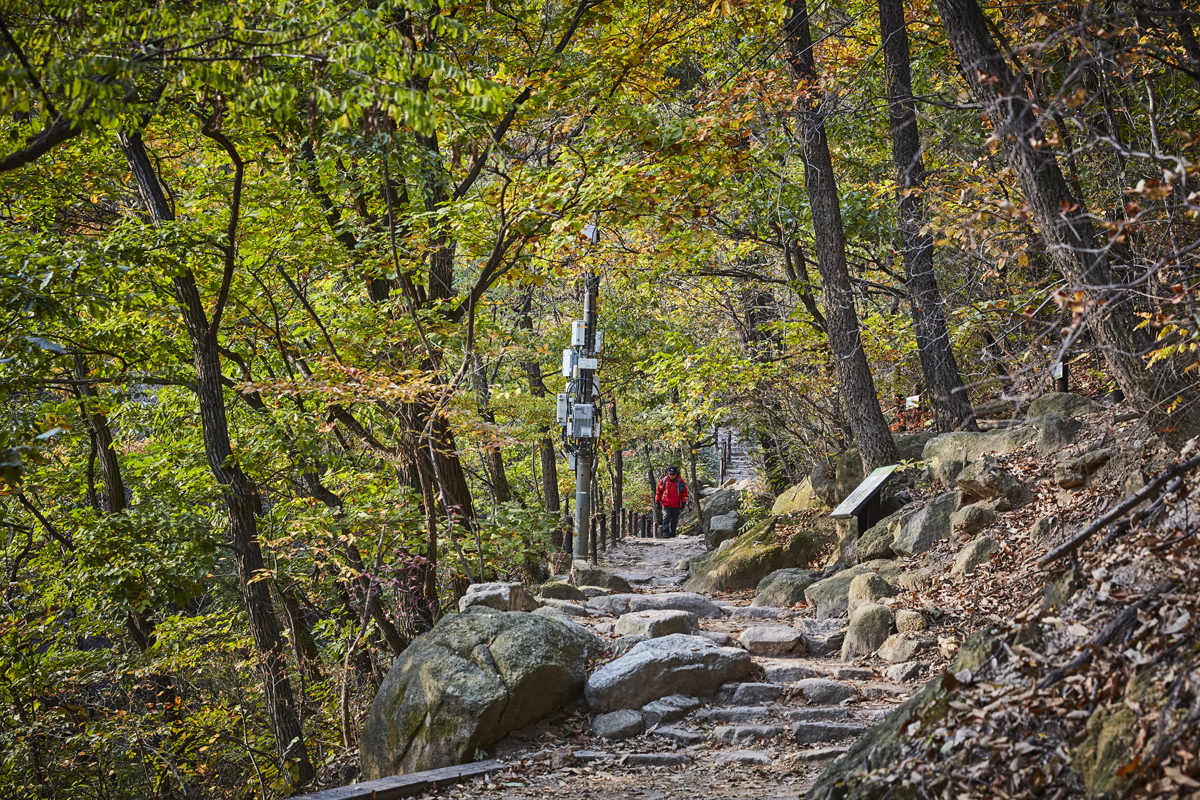
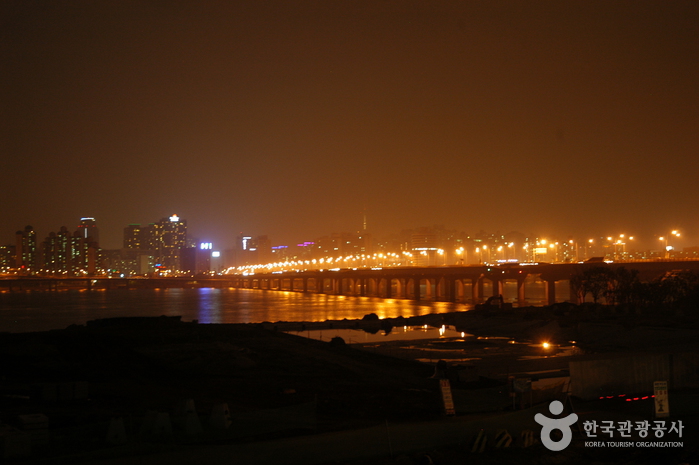

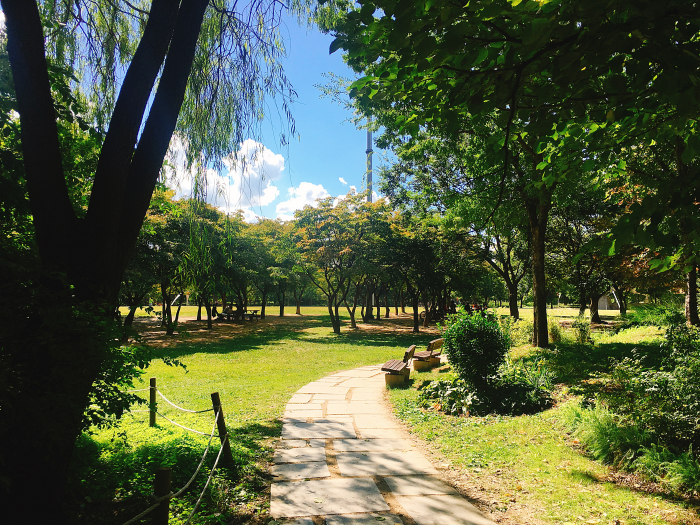
 Français
Français
 한국어
한국어 English
English 日本語
日本語 中文(简体)
中文(简体) Deutsch
Deutsch Español
Español Русский
Русский